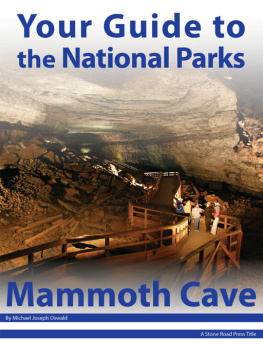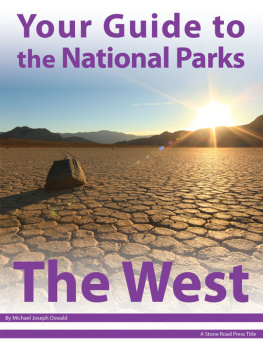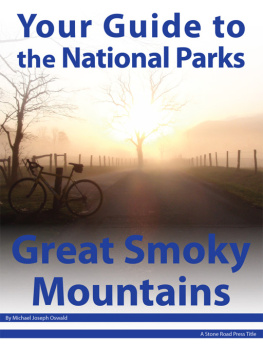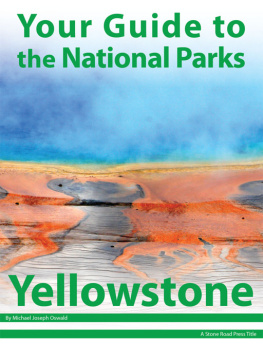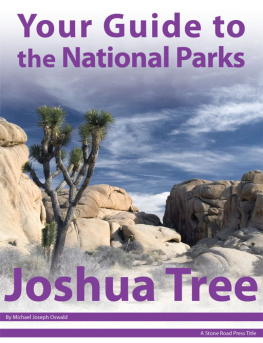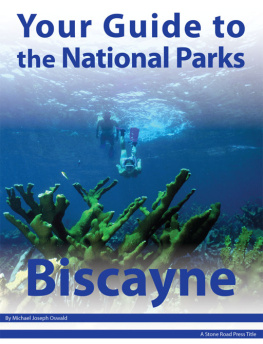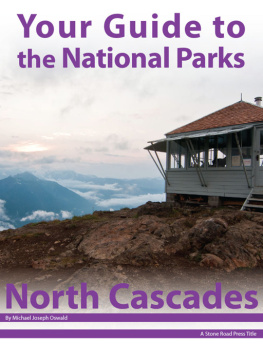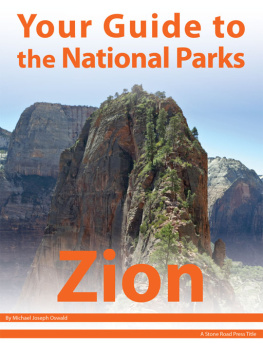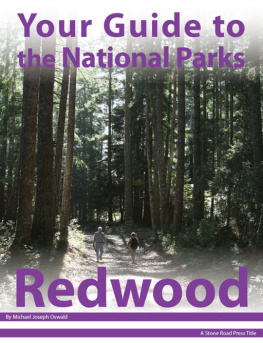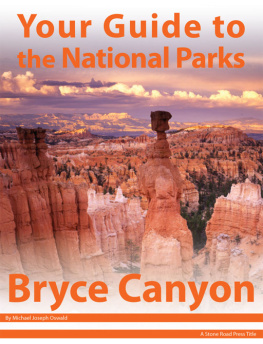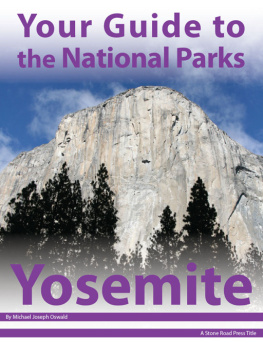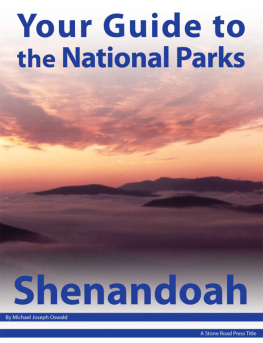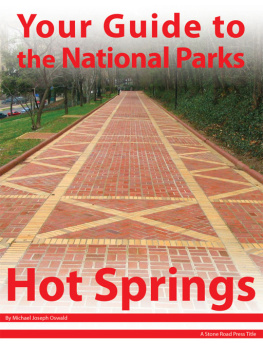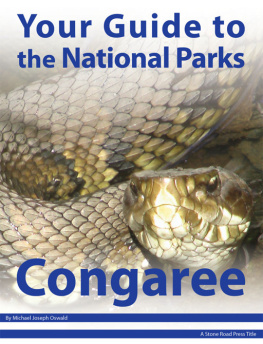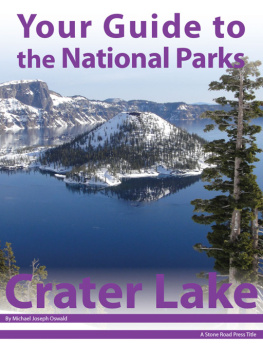Your Guide to Mammoth Cave National Park, First Edition (electronic)
ISBN: 978-1-62128-004-0
Published by: Stone Road Press
Author/Cartographer/Photographer/Designer: Michael Joseph Oswald
Editor: Derek Pankratz
Copyright 2012 Stone Road Press, LLC, Whitelaw, Wisconsin. All rights reserved. No part of this publication may be reproduced, stored in a retrieval system or transmitted in any form or by any means, electronic, mechanical, photocopying, recording, scanning or otherwise without written permission of the Publisher. Requests for permission should be addressed to Stone Road Press; c/o Michael Oswald; 4927 Stone Road; Whitelaw, WI 54247.
The entire work, Your Guide to the National Parks is available in paperback and electronic versions. Content that appears in print may not be available electronically.
Paperback ISBN: 978-1-62128-000-2
Library of Congress Control Number (LCCN): 2012934277
Printed in the United States of America
E-Book ISBN: 978-1-62128-0 65-1
Corrections/Contact
This guide book has been researched and written with the greatest attention to detail in order to provide you with the most accurate and pertinent information. Unfortunately, travel informationespecially pricingis subject to change and inadvertent errors and omissions do occur. Should you encounter a change, error, or omission while using this guide book, wed like to hear about it. (If you found a wonderful place, trail, or activity not mentioned, wed love to hear about that too.) Please contact us by sending an e-mail to . Your contributions will help make future editions better than the last.
You can contact us online at www.StoneRoadPress.com or follow us on
Facebook: www.facebook.com/thestoneroadpress
Twitter: www.twitter.com/stoneroadpress (@stoneroadpress)
Flickr: www.flickr.com/photos/stoneroadpress
FAQs
The world of electronic media is not cut and dry like print. Devices handle files differently. Users have a variety of expectations. These e-books are image- and map-intensive, requiring fairly powerful hardware. All books were tested for use on the Kindle Fire, Nook Tablet, and iPad. You can expect to have the best user experience on one of these devices, or a similar tablet, laptop, or desktop. In the event you have issues please peruse our Frequently Asked Questions (.
Maps
Numerous map layouts were explored while developing this e-book, but in the end it was decided that the most useful map is a complete one. Unfortunately, due to file size concerns and e-reader hardware limitations, some maps included in this guide book are below our usual high standards of quality (even using zoom features). As a workaround all of this books maps are available in pdf format by clicking the link below each map or visiting www.stoneroadpress.com/national-parks/maps .
Disclaimer
Your safety is important to us. If any activity is beyond your ability or threatened by forces outside your control, do not attempt it. The maps in this book, although accurate and to scale, are not intended for hiking. Serious hikers should purchase a detailed, waterproof, topographical map. It is also suggested that you write or call in advance to confirm information when it matters most.
The primary purpose of this guide book is to enhance our readers national park experiences, but the author, editor, and publisher cannot be held responsible for any experiences while traveling.
Photo Credits
Front cover: Cave Tour Vickie Carson/NPS
Mammoth Cave - Introduction

Frozen Niagara Vickie Carson/NPS
At more than 367 miles in length, Mammoth Cave is the longest cave system in the world, and the competition isnt close. Mammoth earns its name by being more than twice as long as its next closest rival, Jewel Cave in South Dakota. And several new miles of passages are discovered each year, leaving geologists to believe there could be as many as 600 additional miles of cave yet to be discovered.
The first known cave exploration took place some 4,000 years ago. Native Americans mined the caves upper levels for more than two millennia. They sought gypsum, selenite, and mirabilite, among other minerals. Proof of their presence was left in the form of ancient artifacts: cane torches, gourd bowls, cloth, a handful of petroglyphs, and even their remains. Constant temperature, humidity, and salty soil make a cave a particularly good environment for preserving human remains. Several mummies were buried in an organized fashion. Others, like the remains of a primitive man pinned beneath a rock, tell stories about the lives and times of these ancient people. Decades of exploration have uncovered thousands of artifacts but few answers about the purpose of minerals sought by these early residents. Perhaps a greater mystery is whyafter 2,000 yearsthey left Mammoth Cave and never returned.
Mammoth Cave was rediscovered by John Houchins near the turn of the 19th century. Legend has it that Houchins shot and wounded a black bear near the caves entrance. The injured animal led its hunter to the cave, and the rest, as they say, is history.
In 1812, after 2,000 years of anonymity, the caves underground passageways were once again being mined. The War of 1812 was brewing, and British strategy successfully cut-off Americas gunpowder supplies in the east. Fortunately for the American Army, Mammoth Cave had large deposits of calcium nitrate, which through a simple process could be converted into gunpowder. This cave and its minerals ended up playing a pivotal role in a war hundreds of miles away.
As a result Mammoth Cave received considerable publicity, and by 1816 visitors were showing up to tour the mysterious labyrinth. But local citizens had other uses in mind. An enthusiastic clergyman used the cave as a church, and a doctor from Louisville purchased it for use as a tuberculosis treatment center. These ventures failed, but cave tours were an undeniable successso successful that they have been conducted without interruption, through the Civil War to the present day. Slaves led many of the tours. Stephen Bishop , a slave with quick wit, good humor, and a curious spirit, was one of the best and most passionate guides. He became the first to map the cave system and cross Bottomless Pit . Along the way, he discovered and named many of the caves features, including Gorins Dome and 192-ft tall Mammoth Dome . Work continued by Max Kmper , a German geologist and mapmaker who set out to create a comprehensive map of the cave in 1908. Guided by Ed Bishop , great-nephew of Stephen, Kmper discovered Kmper Hall , Elizabeths Dome , and Violet City . Together, they mapped and surveyed all of the passages known at the time.
By 1920, tens of thousands of tourists visited Mammoth Cave each year, causing locals to seek out their piece of the tourism pie. George Morrison , a wealthy oilman, found what he called the New Entrance to Mammoth Cave. He found it with the help of drills and explosives. Floyd Collins , pioneer and explorer, was determined to find a lucrative new cave. While exploring Sand Cave , a rock wedged his ankle leaving him trapped near the caves entrance. After 17 days of failed rescue attempts Collins died of exposure. The event created a carnival atmosphere rife with dozens of journalists and sensational stories, which sparked the movement to make Mammoth Cave a national park. When this idea came to fruition in 1941 only 40 miles of passageways had been surveyed. Since then, several cave networks have been connected, creating the largest such area in the world, of which about fourteen miles of passages are available for tours.
Cave Tours (MACA)
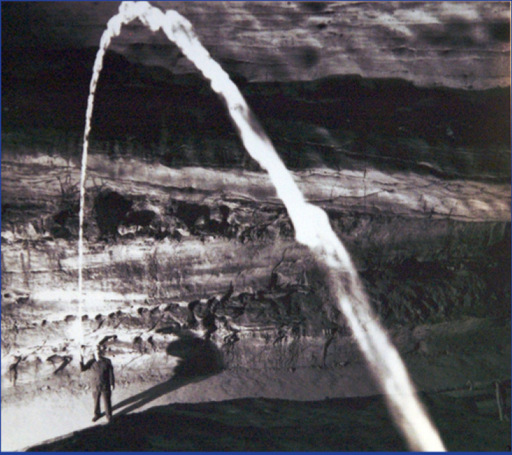
Next page
